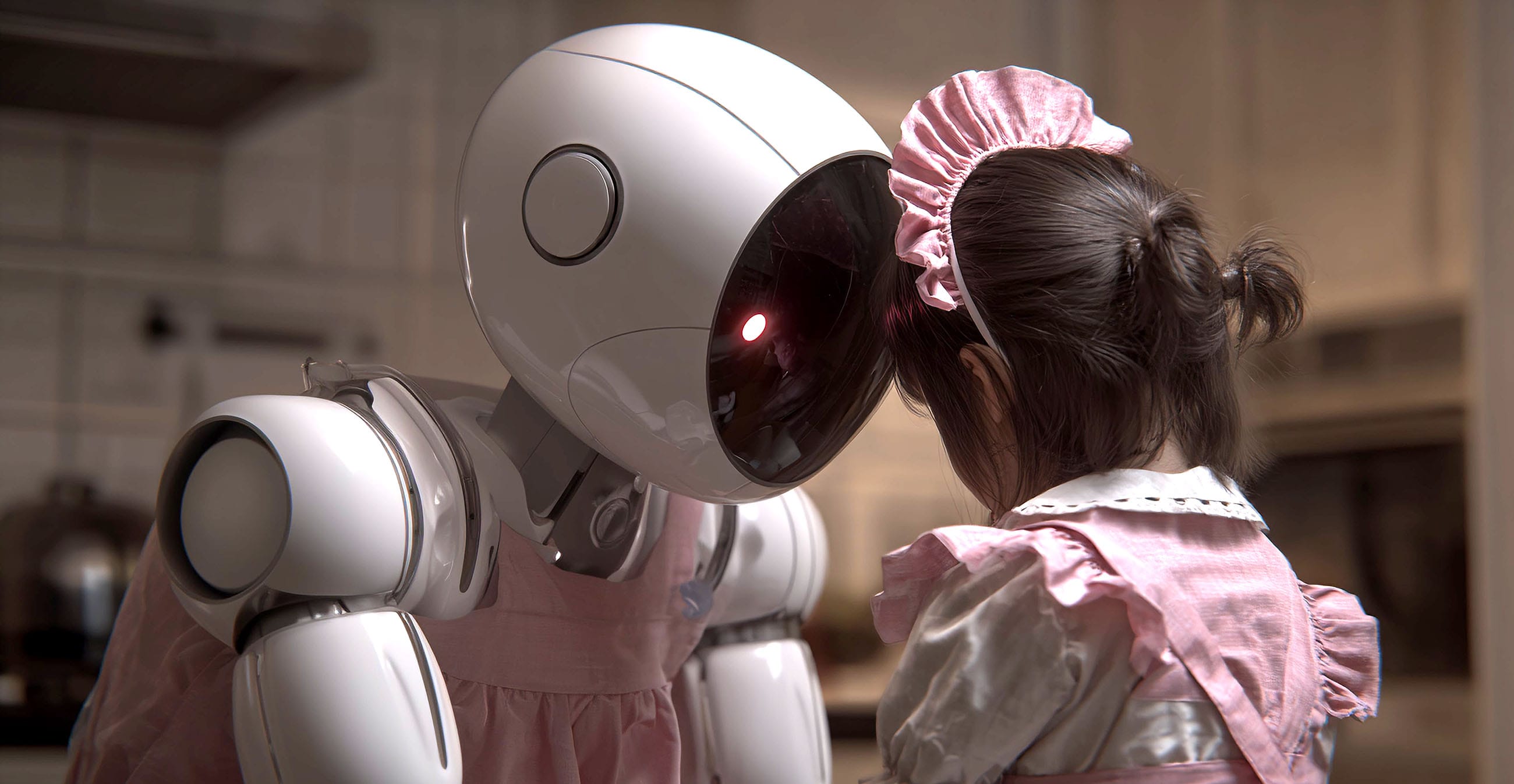Picture yourself closing your eyes at dusk, the hum of tires on asphalt fading into a symphony of quiet confidence, as an unseen intelligence guides you through twilight streets alive with possibility. This is no mere ride; it is the dawn of liberation, where machines whisper promises of safer tomorrows and untethered horizons. In the heart of this transformation stand two titans: Tesla's Robotaxi, a beacon of audacious simplicity, and Waymo's fleet, a testament to meticulous mastery. Their clash redefines not just mobility, but our very dance with destiny, urging us to ponder if true progress lies in bold leaps or measured steps toward an autonomous embrace.
Technology Breakdown: Sensors, Software, and Strategic Divides
At the core of any robotaxi lies its technological soul, a fusion of hardware and algorithms that must interpret the chaos of the world with unflinching clarity. Tesla opts for a vision-centric paradigm, relying solely on an array of high-resolution cameras powered by its Full Self-Driving neural network. This end-to-end approach, honed through billions of miles of real-world data from its global fleet, eschews additional sensors like LiDAR or radar, deeming them unnecessary crutches. The result? A system that learns holistically, mimicking human perception to navigate unmapped terrains and evolving scenarios without predefined constraints. Since its June 2025 launch in Austin, Tesla's Robotaxi showcases this in action, with modified Model Y vehicles deploying software updates that adapt on the fly, promising scalability to millions of existing cars worldwide.
Waymo, in stark contrast, builds its empire on redundancy and precision, equipping Jaguar I-PACE SUVs with a symphony of four LiDAR units, six radars, and thirteen cameras in its sixth-generation setup. This multi-modal arsenal creates a 360-degree environmental model, fused with high-definition maps meticulously crafted through safety-driver-led explorations. Their sixth-generation Waymo Driver employs encoder-decoder architectures, including innovations like EMMA for trajectory prediction, ensuring decisions rooted in exhaustive simulation and edge-case training. Operational since 2024 in San Francisco, Waymo's setup demands intensive upfront investment per city but delivers unparalleled situational awareness, from parsing pedestrian intent to yielding to emergency responders with surgical grace.
These philosophies diverge profoundly: Tesla's camera-only ethos champions affordability and ubiquity, potentially slashing costs to under ten thousand dollars per vehicle retrofit, while Waymo's sensor-heavy rig, though pricier at around two hundred thousand dollars per unit, prioritizes fault-tolerant reliability in complex urban labyrinths. Neither is flawless; Tesla's vision may falter in fog or glare, yet it scales exponentially, whereas Waymo's maps confine it to geofenced havens, limiting spontaneous adventures.
Safety and Reliability: Miles Driven, Interventions Dodged
Safety transcends specs; it is the invisible shield that cradles our loved ones, turning potential peril into serene passage. Waymo leads this metric with commanding authority, logging over ninety six million rider-only miles without a human driver through June 2025, with zero serious injuries caused by its technology across its two thousand strong fleet. This prowess stems from rigorous protocols: pre-deployment mapping, phased rollouts with human oversight, and a track record of minimal incidents in public operations. In Austin tests, Waymo vehicles exhibit assertive yet rule-abiding maneuvers, adhering strictly to speed limits while navigating congested avenues with minimal hesitation, evoking a profound trust that feels almost parental.
Tesla, the ambitious challenger, reports critical interventions every eight hundred thirty four miles in supervised mode with its latest FSD v14, a dramatic leap from prior versions but still trailing Waymo's unsupervised benchmark by orders of magnitude. Real-world trials in Austin reveal smooth cruises punctuated by rare human assists, such as during erratic cyclist encounters or construction zones. Tesla's data-driven evolution, fueled by fleet telemetry, accelerates improvements, yet critics note its Level 2 classification demands vigilant oversight, a far cry from Waymo's Level 4 autonomy. Emotionally, this gap stirs a quiet ache; Tesla's promise of universal safety tantalizes with dreams of family road trips sans fear, but Waymo's proven vigilance offers immediate solace, a reminder that caution is the kindest companion on uncertain paths.
User Experience: From Summon to Serenity
The true measure of a robotaxi emerges not in engineering bays, but in the subtle rhythms of daily life: the effortless summon, the whisper-quiet cabin, the intuitive interface that anticipates your whims. Tesla's app integrates seamlessly with its ecosystem, allowing voice-activated pickups and in-car entertainment via a central touchscreen, where climate tweaks and route tweaks unfold with minimalist elegance. Riders in Austin pilots describe a fluid, almost playful drive, with the vehicle gliding through traffic like a seasoned local, fostering a sense of shared adventure that sparks joy in unexpected detours.
Waymo's interface, accessed via its dedicated app or Uber partnerships, unfolds with layered sophistication: a persistent pull-over button, music controls, and flyout panels for deeper customization. The ride itself pulses with deliberate poise, assertive accelerations balanced by cautious stops, creating a cocoon of calm amid urban frenzy. In San Francisco and Atlanta expansions, passengers report a meditative quality, the absence of human chatter inviting reflection, as if the car itself contemplates the city's pulse alongside you. Both evoke connection, yet Tesla's informality feels like a friend's casual lift, while Waymo's formality resembles a butler's devoted service, each stirring the soul in whispers of reclaimed time.
Scalability and the Horizon: Economics, Expansion, and Ethical Echoes
Scalability determines destiny in this arena, where economics entwine with ambition to chart mobility's map. Tesla envisions a torrent: millions of robotaxis by 2026, leveraging its production might to undercut fares to pennies per mile, democratizing access and slashing urban congestion. This vision, unburdened by sensor costs, promises exponential growth sans geographic fetters, a philosophical nod to universality, where technology dissolves barriers, echoing our innate yearning for boundless exploration.
Waymo counters with deliberate dominion, its two thousand vehicle fleet exceeding that mark and expanding to new cities like Las Vegas, San Diego, and Detroit by late 2025, confined to mapped metropolises but deepening penetration therein. Partnerships with Uber and Hyundai signal measured expansion, with fares hovering at traditional taxi levels, sustained by premium safety assurances. Herein lies the deeper quandary: Does Tesla's haste risk hasty shadows on the road to enlightenment, or does Waymo's prudence illuminate a path where perfection precedes proliferation? In this tension, we glimpse philosophy's quiet truth, that humanity's greatest strides often balance audacity with humility, inviting machines to elevate rather than eclipse our fragile, wondrous journey.
As these rivals accelerate into our collective tomorrow, they compel us to confront not just circuits and code, but the essence of trust and transcendence. In their rivalry, we find mirrors to our own: bold dreams tempered by wise restraint, urging a future where wheels turn not against us, but with us, toward horizons rich with uncharted grace.





